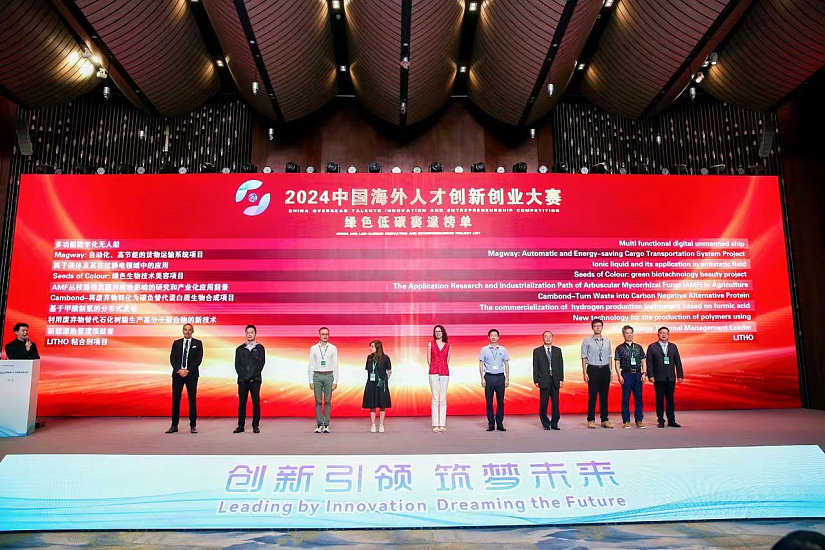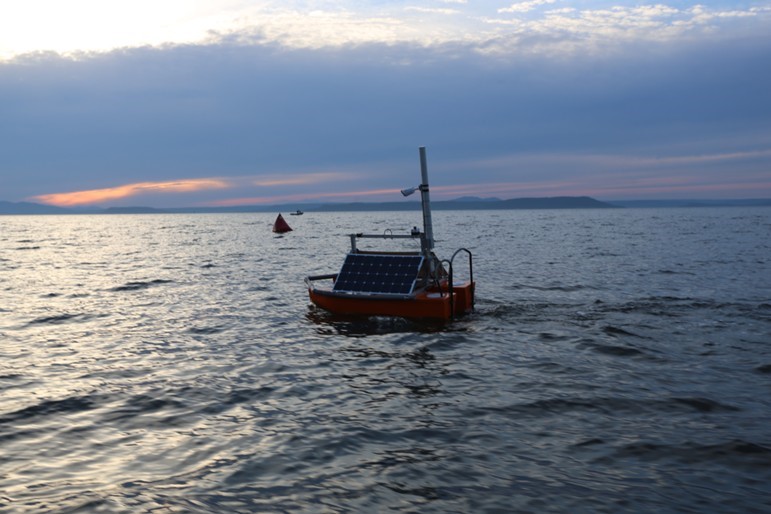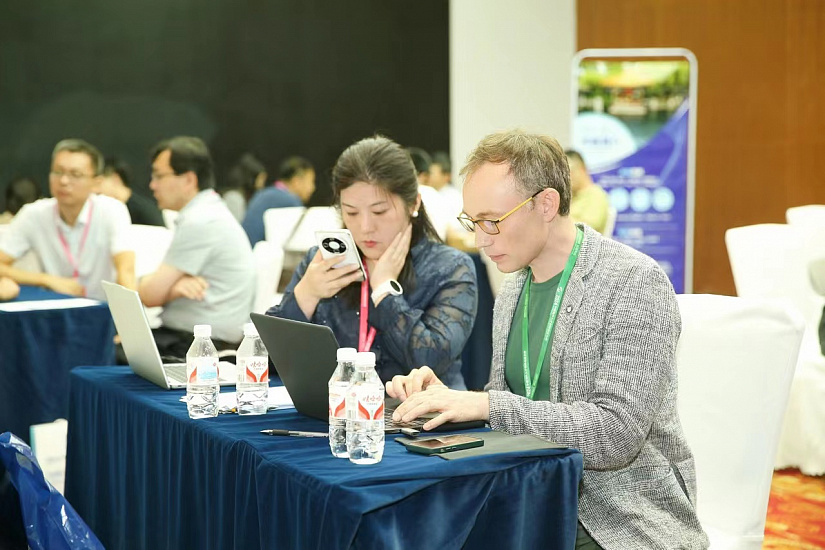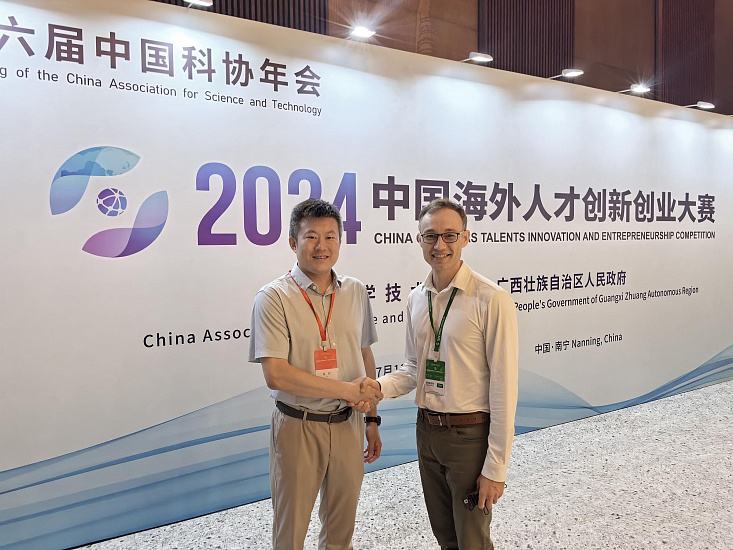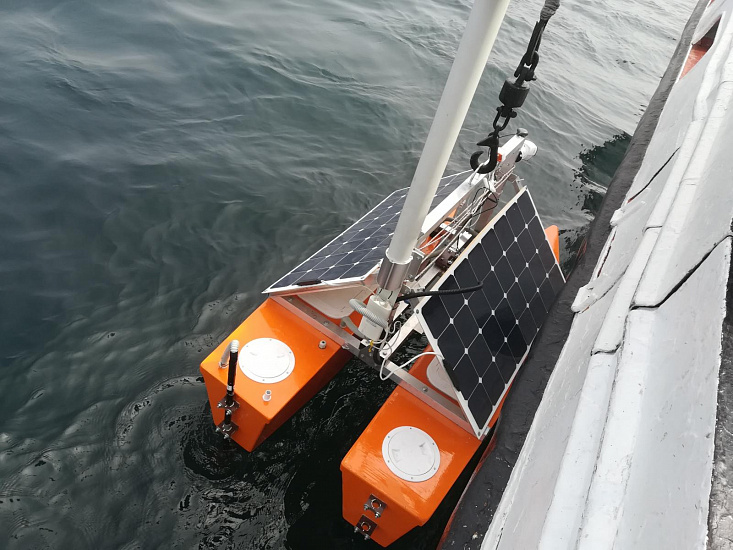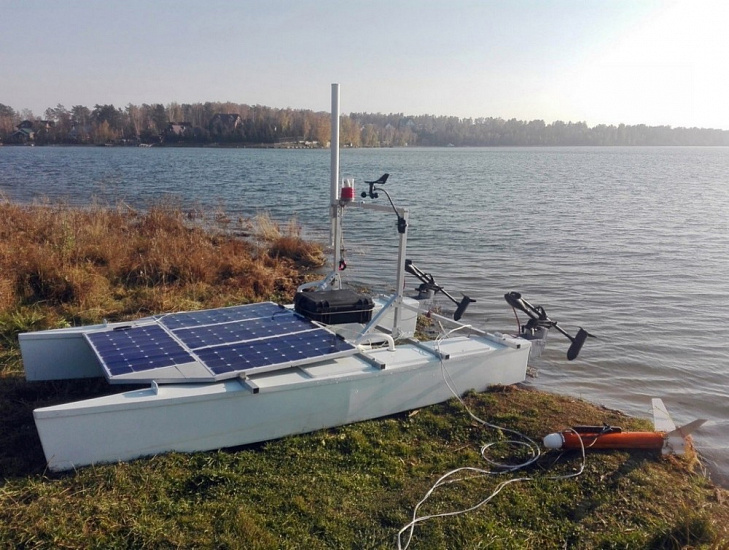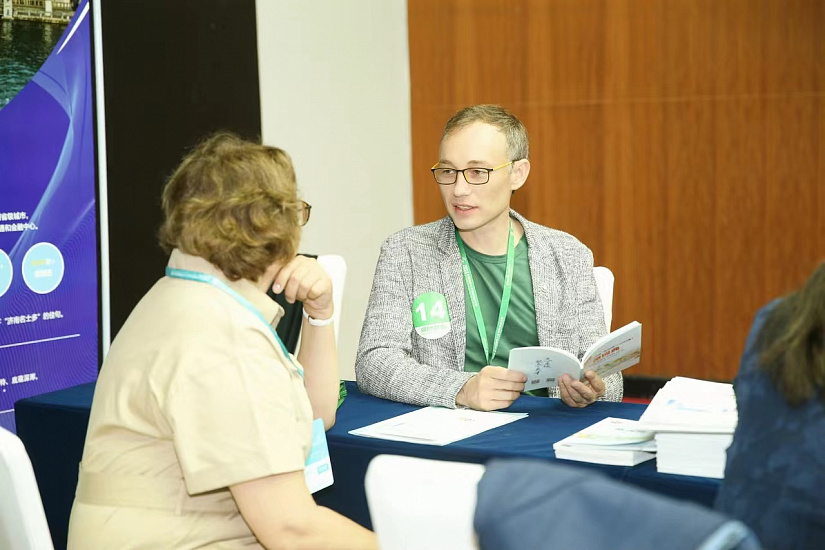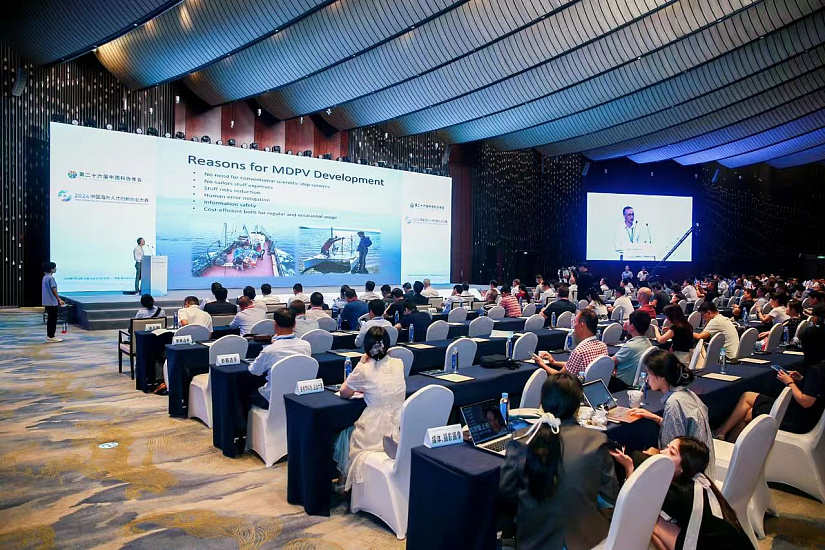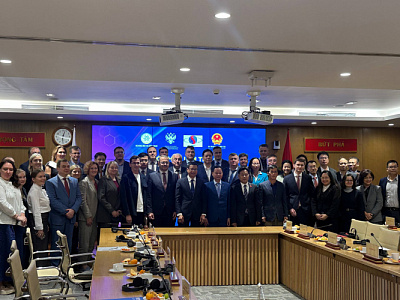The INRTU Project "Multifunctional Digital Unmanned Boat" Entered the Top 50 of the Chinese Overseas Talents Innovation and Entrepreneurship Competition
The INRTU project "Multifunctional Digital Unmanned Boat" was highly appreciated by experts of the Chinese Overseas Talents Innovation and Entrepreneurship Competition. The development of INRTU entered the top 50 projects, winning in the "Green and Low Carbon Technologies" nomination. The final and announcement ceremony of the winners took place on July 12-13 in Nanning (Guangxi Province, China).
According to the official press release of the organizers, this competition was the final event of the 26th annual conference of the Chinese Association for Science and Technology under the motto "Innovation leads to the future." The competition aims to create an international platform for talent exchange, attract scientific and technical innovation resources from abroad to China, and deepen integration.
A total of 2,032 scientific and technical innovation projects from 50 regions participated in the competition. After selection in each region, 136 outstanding projects from 24 countries reached the grand finale. During the grand finale on July 12, 50 projects were shortlisted.
This year, innovators and entrepreneurs competed in five areas: "Life and Health," "Green and Low Carbon Technologies," "Digital Economy," "Advanced Manufacturing," "Industries of the Future," and "Culture and Creativity."
The multifunctional digital unmanned boat is an autonomous robotic catamaran for digital environmental monitoring. It is a development by a team of talented engineers from the Department of Radioelectronics and Telecommunication Systems at INRTU, led by Alexander Chensky.
The development was presented in China by Klementiy Batoroev, an employee of the Baikal School of BRICS.
The catamaran can be used in meteorology, hydrochemistry, hydrophysics, for studying the bottom surface relief and bottom sediments. It can also search for dangerous objects and conduct patrolling.
According to the leading engineer Dmitry Chensky, the project started in 2016, and after two years, a working prototype was launched. The engineers developed a navigation and technical vision system, as well as a long-term autonomous movement and control system.
The platform is equipped with instruments developed by the INRTU Department of Information and Measuring Systems for hydroacoustic research and environmental monitoring of water areas: a side-scan sonar, profiler, echo sounder, weather station, water quality sensors, gas and solar activity sensors, bottom station, and more.
The unmanned boat has three modifications. The payload capacity of the most compact device is 10 kg. The medium catamaran can withstand a load of 50 kg, and the largest one - 150 kg of useful load.
The device can make decisions about changing the route depending on weather conditions and technical status. Modern network technologies allow synchronization and mission control remotely from anywhere in the world. The complex allows a full cycle - from finding an underwater object to its video shooting.

"Our catamaran has repeatedly participated in the marine robotics competition 'Aquarobotech' and took first places in the 'unmanned boats' category. In addition, we used it for scientific research on Baikal and the Irkutsk reservoir. We consider winning the Chinese competition to be crucial for the development of our project," Dmitry Chensky clarified.
It is planned that the INRTU project "Multifunctional Digital Unmanned Boat" will also participate in a competition organized by the Chinese province in an online format. If the INRTU development wins, there is a prospect of registering a company in Jinan (Shandong Province, China) to receive a state cash prize.
INFORMATION: The Chinese Overseas Talents Innovation and Entrepreneurship Competition is a brand organized by the Chinese Association for Science and Technology (CAST). Since 2016, experts have reviewed more than 7,400 projects.
The competition has become an international platform for exchange and cooperation in innovation and entrepreneurship. It promotes economic integration and local science and technology development, stimulates the development of new advantages, and helps the growth of talents. This year, the competition expanded its regional coverage and for the first time created competition zones in ASEAN, South America, and other Belt and Road countries.
The organizers held events to promote policies on talents and the scientific and innovation environment. A special fund for entrepreneurship development was opened. There was an exchange of investment and financing experience from venture institutions, and past competition participants shared their practices in entrepreneurial activities.

